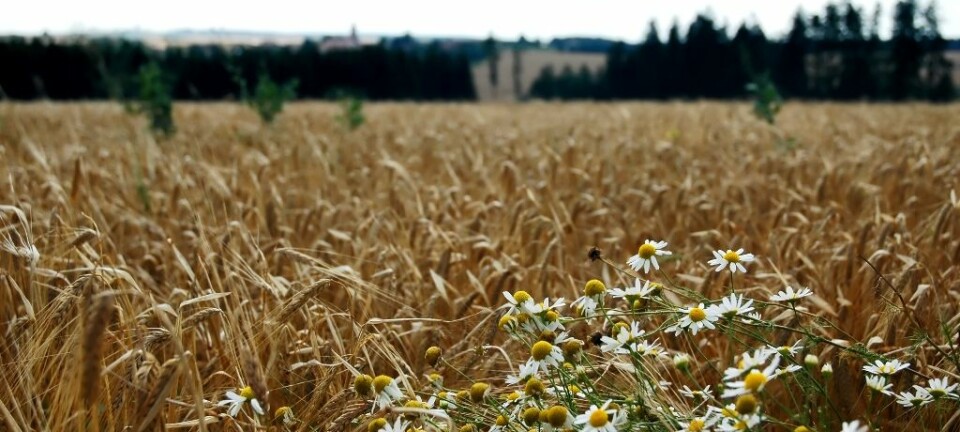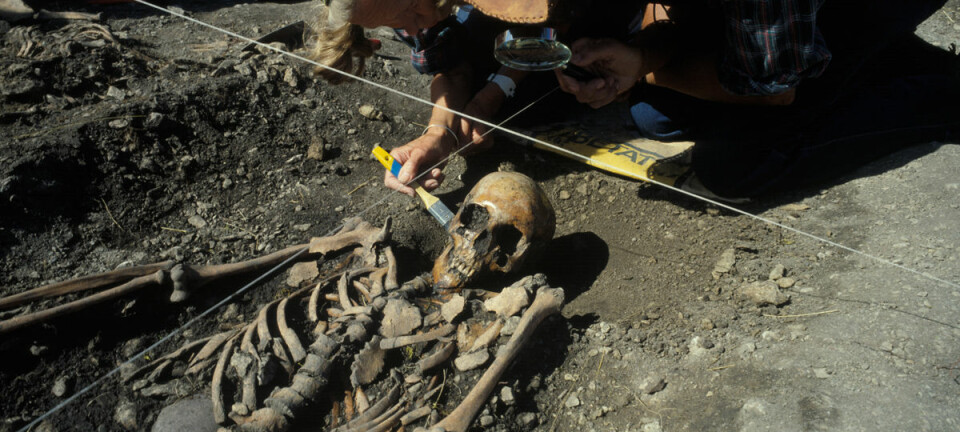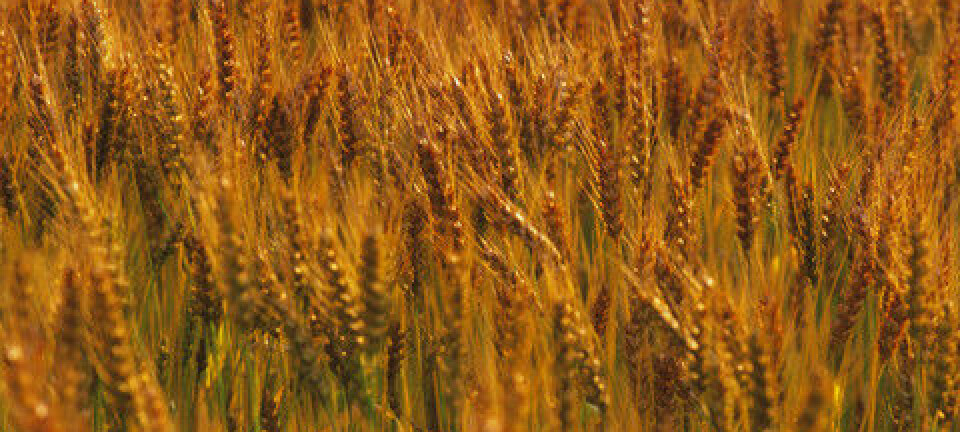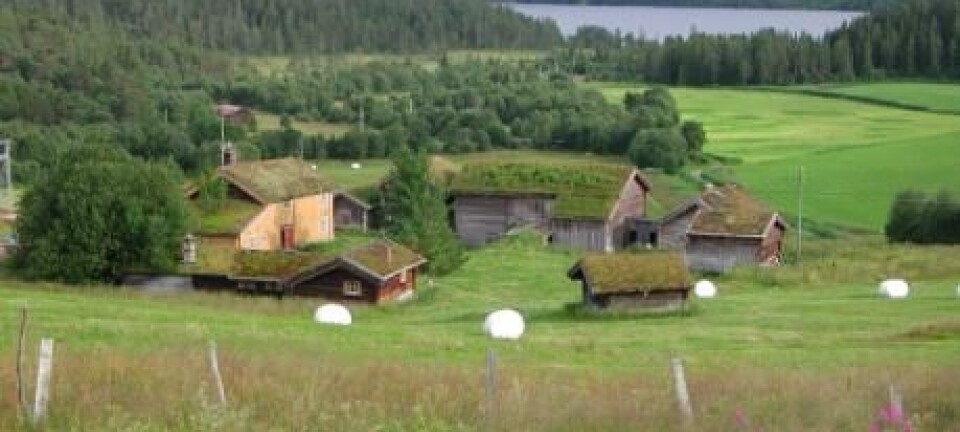An article from Norwegian University of Life Sciences (NMBU)
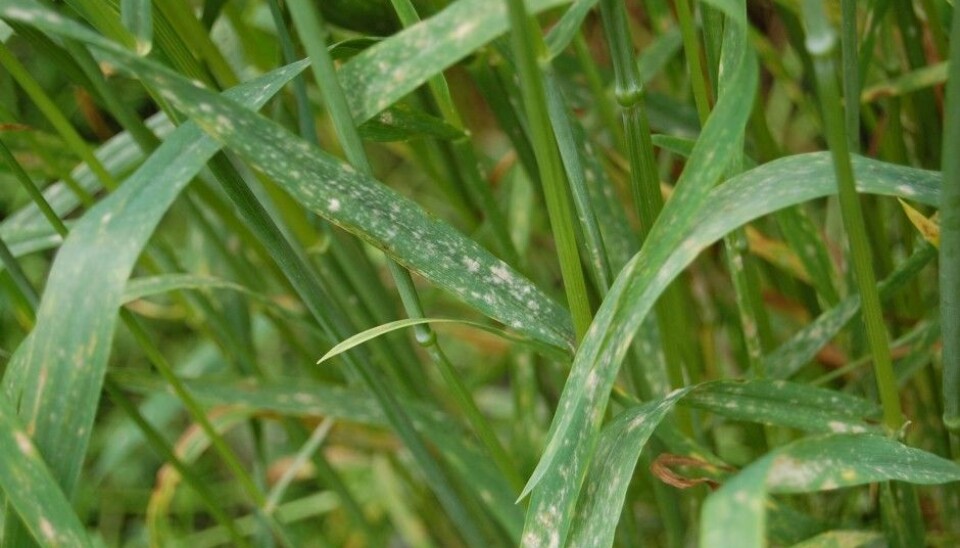
The hated mildew's last struggle?
In a new research breakthrough, scientists have found a natural variant of a gene in wheat that makes it harder for mildew to thrive on the leaves.
Details of the research breakthrough was recently published in the journal Nature Genetics. The new discovery may contribute to reduce damage by several of the world’s worst plant diseases on wheat.
The newly discovered gene has been isolated and characterized by scientists, and may provide permanent resistance against mildew and rust diseases in wheat.
The research project is a collaboration between NMBU – the Norwegian University of Life Sciences, CSIRO in Australia and CIMMYT in Mexico.
Can destroy the entire crop
The gene that has been identified has been named Lr67. This gene alone can contribute to halve disease attacks.

“When we know that mildew has been ranked as one of the most important diseases on wheat in Norway for more than a hundred years, and that all of the species-specific resistant genes that have been used have had a short-term effect, the identification of the gene is very important in order to combat the fungus,” says scientist Morten Lillemo, who has been a part of the project.
The gene also has the same effect on the three major rust diseases: stem rust, brown rust and yellow rust, that all have the potential for near complete crop damage in the case of severe attacks.
“Fortunately, in recent decades we have been spared by these diseases in Norwegian wheat production, but in both 2014 and 2015 we had severe yellow rust attacks in Norway for the first time since the 1980s. So this gene will also be useful in breeding for better resistance against yellow rust,” states Morten Lillemo.
Mildew is one of the worst diseases affecting wheat in Norway. You may have seen the fungus on your roses or plants. Mildew is a white or greyish-white flour-like coat on the outside of leaves and buds. It thrives particularly well and is most prevalent when summers are warm and dry.
Unpleasant environment
Plant breeding has struggled with new breeds of the mildew fungus that adapt and “break” the resistance in new breeds.
“This happens because the resistance genes that belong to the plant (species-specific resistance) works by recognizing specific molecules in the fungus. When the molecules in the fungus mutate, the plants suddenly can't recognize the fungus and thus become susceptible to new species”, Morten Lillemo explains.
Lr67 is an example of a gene that has resistance independent of species – unspecific resistance in other words – and thus has a completely different mechanism. This mechanism makes it more unpleasant for mildew on the plant, and it thus undergoes less development. The same applies to the other genes with similar mechanisms that the group at NMBU are researching: Lr34 and Lr46. These also have a general effect against both mildew and rust diseases, and lead to reduced disease attacks.
The genes are strong when pooled
“Now, with the aid of molecular markers, we are capable of combining genes such as Lr34, Lr46 and Lr67 with two or three other genes with various mechanisms for species-unspecific resistance, which in combination provide almost complete protection against rust and mildew. This may make it possible to breed wheat types with good – and possibly even permanent – resistance against these diseases,” Morten Lillemo says.
-------------------------------------
Read the Norwegian version of this article at forskning.no







